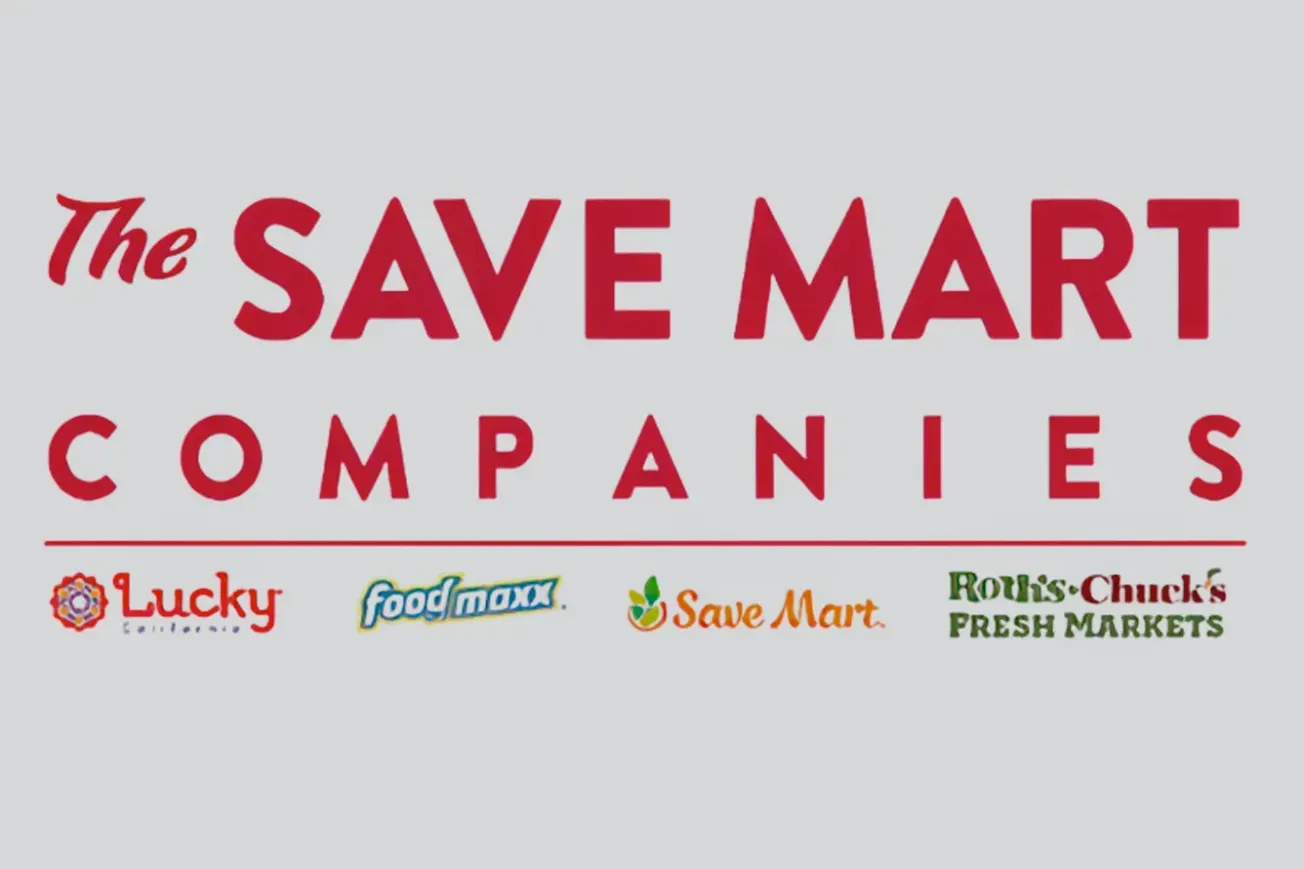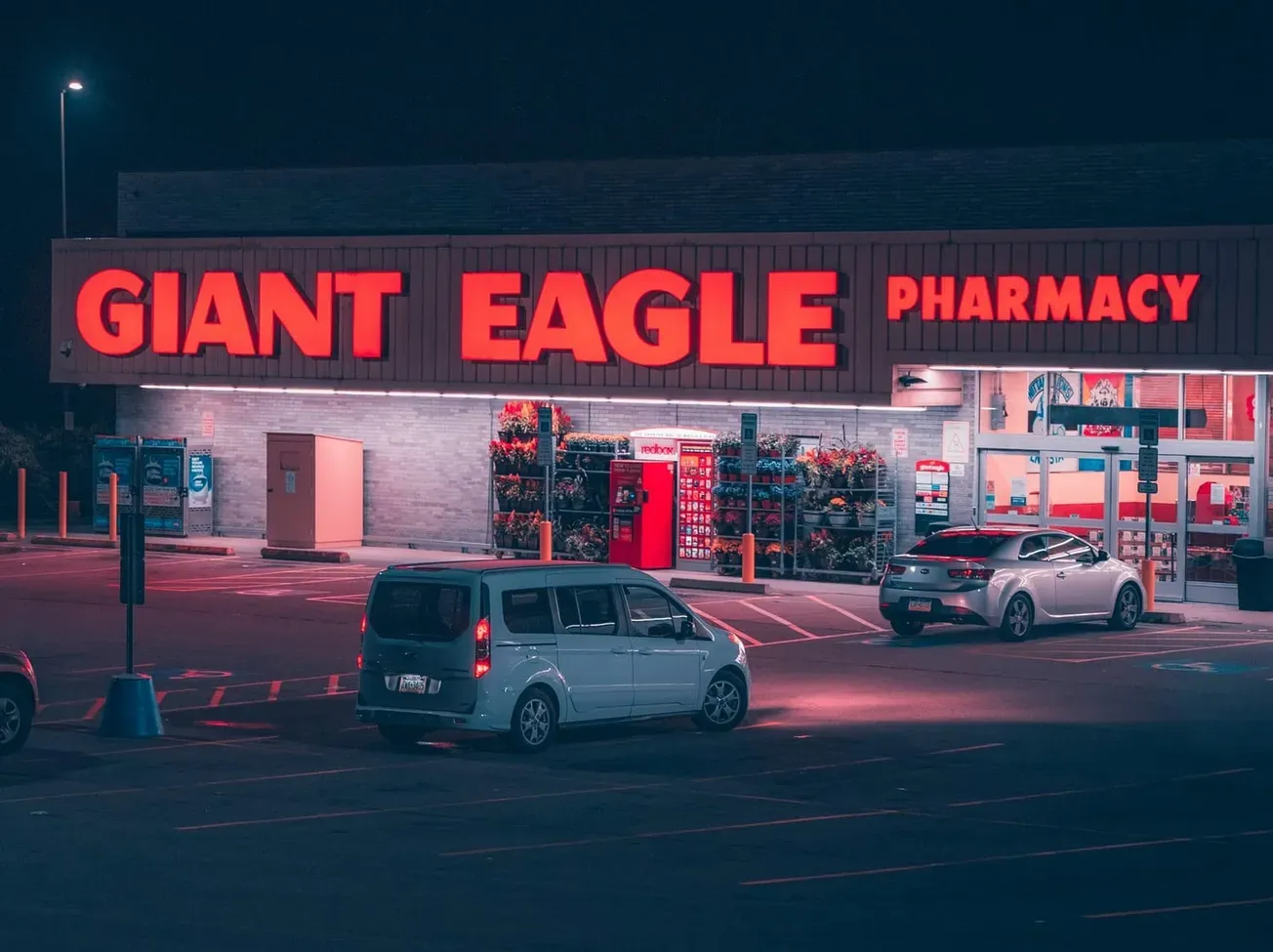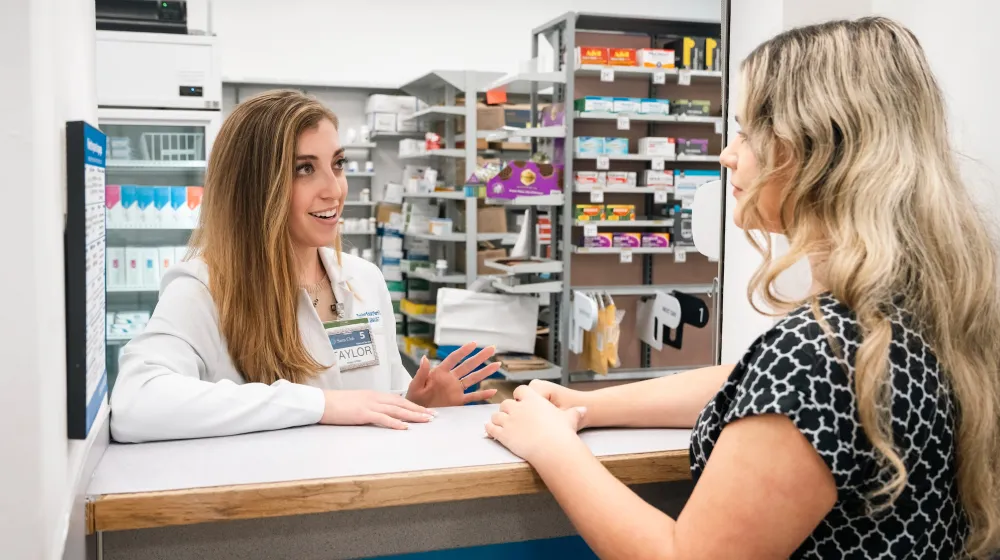The Bureau of Labor Statistics reported earlier this month that the Consumer Price Index, which measures a basket of goods and services, indicated an inflation rate of 7.9% for the 12-month period that ended in February.
 That’s a number not seen since January 1982, indicating that inflation is higher than it’s been in 40 years. This is uncharted territory for many consumers, who have never experienced anything like this before, and it’s hard to know what impact it will have on consumer spending.
That’s a number not seen since January 1982, indicating that inflation is higher than it’s been in 40 years. This is uncharted territory for many consumers, who have never experienced anything like this before, and it’s hard to know what impact it will have on consumer spending.
U.S. consumers are now more worried about rising food prices, the economy and their own personal finances than they are about getting COVID, according to the most recent study from the customer data science company dunnhumby. That study also found that American consumers think that food inflation is much higher than it actually is.
American consumers surveyed from January 25 to February 8 for the ninth wave of the dunnhumby Consumer Pulse Survey reported that they believed the food inflation rate at that point was 17.7%, when in actuality it stood at 7.4% according to the Bureau of Labor Statistics. (It has since gone up.)
“Americans’ belief that food prices are rising more than twice as fast as they actually are should concern retailers, manufacturers and the government alike,” said Grant Steadman, president for North America at dunnhumby. “Consumers are now more concerned with their finances and the country’s economy than they were five months ago. We need to revise our thinking about how consumers consider inflation. Likely, we have not yet seen the full extent of how consumers will react to food price increases.”
One reaction is likely to be an increased embrace of private label products, which have already gained market share during the COVID-19 pandemic and traditionally do well during times of economic upheaval.
A new report from DataWeave, a firm specializing in retail data, pricing and AI analytics, finds that, on average, retailers in the U.S. carried more than 4,500 private label products online and had private label brand penetration of more than 13% in 2021. DataWeave analysts feel this trend will accelerate as inflation pushes consumers to buy more affordable private label products in the months ahead.
“Availability and affordability amid prolonged economic uncertainty furthered the power and presence of private label brands in 2021, increasing market penetration beyond all expectation. Our data found that eight of the top-10 brands with the highest number of SKUs carried across all grocery retailer websites in our analysis were private label goods, signaling the strength of their ‘share of voice’ and verifying a shift in consumer preferences,” said DataWeave president and chief operating officer Krishnan Thyagarajan.
Meanwhile, National Retail Federation chief economist Jack Kleinhenz worries that inflation could lead to demands for higher wages, fueling a wage-price spiral that could entrench further price increases. That in turn might lead the Fed to slam the brakes on the economy with rate hikes, perhaps triggering a recession.
These are uncharted and treacherous waters.






